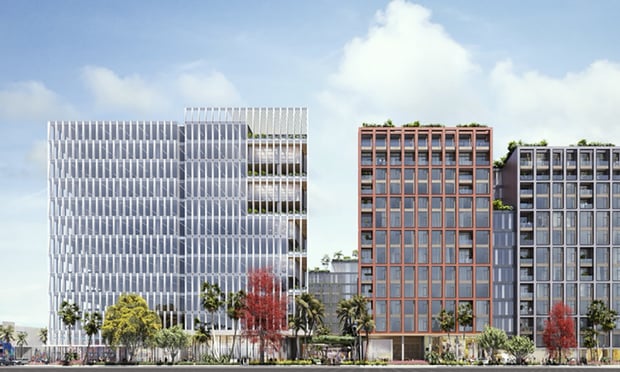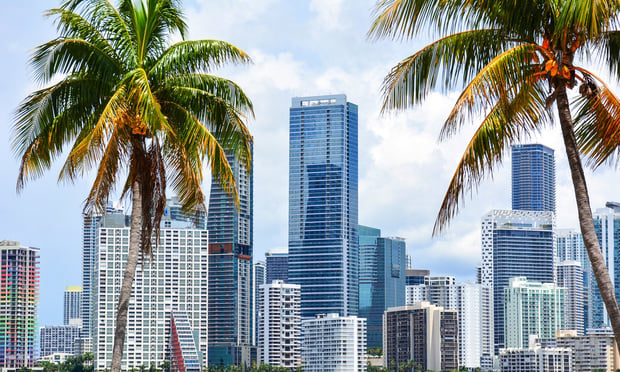MIAMI—The industrial real estate market in South Florida continues to show no sign of weakness, posting robust leasing and investment demand and an impressive development pipeline.
Newmark Knight Frank Steve Medwin, executive managing director, South Florida, tells Globest.com that the region's industrial market saw substantial growth in demand in the second quarter with positive net absorption of 1.4 million square feet, bringing midyear net absorption to just under 2.3 million square feet.
Recommended For You
Want to continue reading?
Become a Free ALM Digital Reader.
Once you are an ALM Digital Member, you’ll receive:
- Breaking commercial real estate news and analysis, on-site and via our newsletters and custom alerts
- Educational webcasts, white papers, and ebooks from industry thought leaders
- Critical coverage of the property casualty insurance and financial advisory markets on our other ALM sites, PropertyCasualty360 and ThinkAdvisor
Already have an account? Sign In Now
*May exclude premium content© 2025 ALM Global, LLC, All Rights Reserved. Request academic re-use from www.copyright.com. All other uses, submit a request to [email protected]. For more information visit Asset & Logo Licensing.









